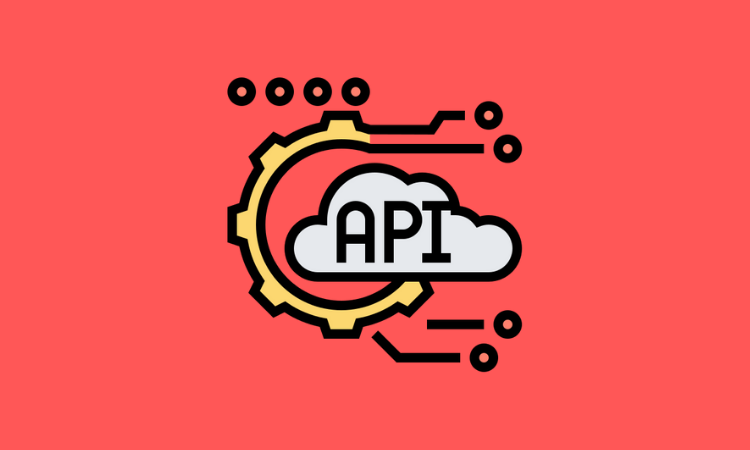Partner
‘It’s exciting reading the feedback on Twitter that banks get from offering these new services’: Behind the creation of the Q2 Marketplace
- Partnering with fintechs is labor and resource-intensive for financial institutions.
- Q2's Marketplace changes the dynamic of integrating, enabling banks and credit unions to quickly launch powerful fintech products.








